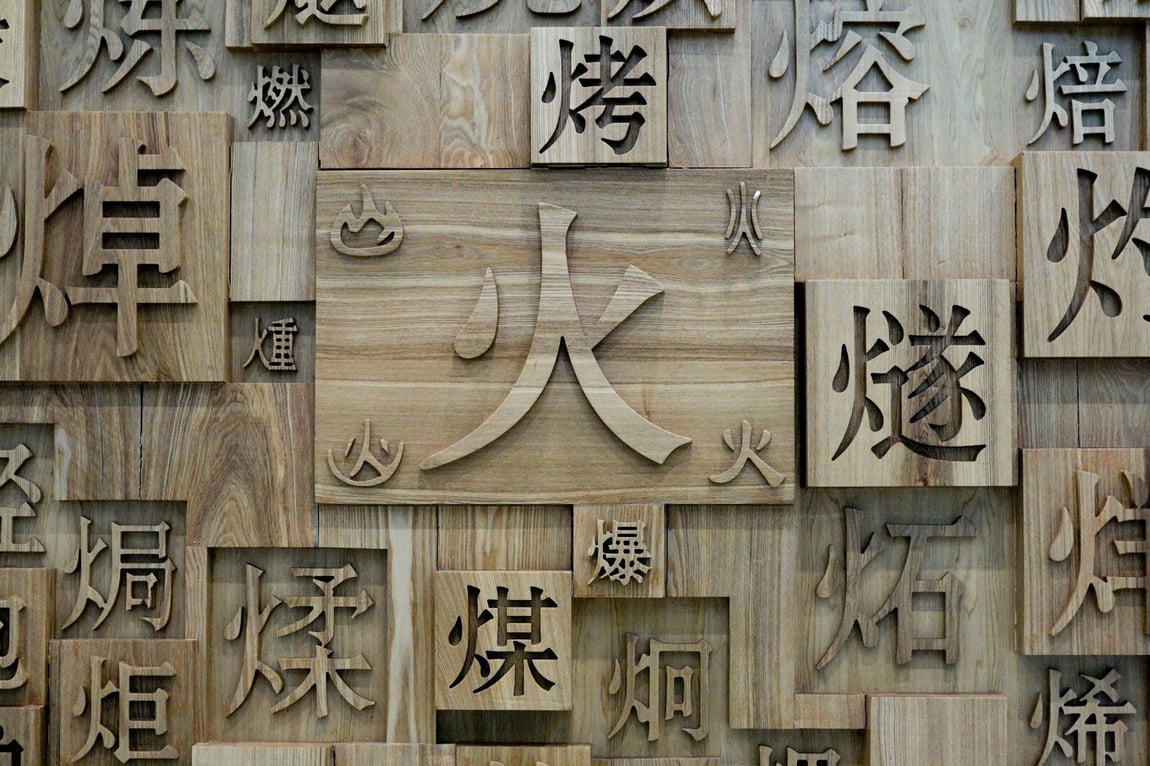
The Distinction Between Simplified and Traditional Chinese (for Business)
For businesses that engage in global commerce, the ability to effectively communicate in Chinese can open doors to one of the world's largest markets.
The decision to use Simplified or Traditional Chinese scripts is not just a linguistic choice but a strategic business consideration that can shape the way your brand or content is perceived and understood.
Traditional vs. Simplified Chinese
Traditional Chinese Characters (繁體字)
- Hailing from an era of classical literature and calligraphy, these characters are known for their elaborate strokes and historical authenticity.
- They continue to be used in areas such as Taiwan, Hong Kong, Macau, and within the global Chinese diaspora, where they are woven into the fabric of cultural identity.
Simplified Chinese Characters (简体字)
- Introduced in the mid-20th century by the People’s Republic of China (PRC) to enhance literacy in mainland China, Simplified Chinese streamlines the complex strokes of traditional characters.
- This reform was instrumental in elevating China's literacy rate from a mere 20% to an astounding 98%, reflecting a significant stride in educational innovation.
Differences between traditional and simplified Chinese
The transformation from Traditional to Simplified Chinese can be seen largely in the reduction of strokes and the merging of characters, rendering them simpler – hence the name.
- However, the streamlined writing can sometimes introduce ambiguity if there is no context.
Take the simplified character ‘表’. It is used to represent the word ‘table’ (written the same way) and ‘錶’ meaning ‘clock’. Likewise, the simplified character ‘后’ can represent ‘empress’ (written the same way) and ‘後’ meaning ‘behind’.
- It should be noted in all these cases the words have the exact same pronunciation.
Some further examples of the different kinds of simplifications can be seen below:
- Translate: 翻譯 (Traditional) vs. 翻译 (Simplified)
- Business: 商業 (Traditional) vs. 商业 (Simplified)
- Open: 開 (Traditional) vs. 开 (Simplified)
- Close: 閉 (Traditional) vs. 闭 (Simplified)
- Hair: 髮(Traditional) vs. 发 (Simplified)
- Send out/emit: 發(Traditional) vs. 发 (Simplified)
- Turtle: 龜 (Traditional) vs. 龟 (Simplified)
Despite these changes, phonetic similarities remain intact across both scripts.

Knowing the difference between Translation vs Localization will provide more insights and understanding why this is so important.
Determining when to use traditional or simplified Chinese
Understanding the nuances of regional preferences, contextual use, and legal considerations is essential when choosing between Traditional and Simplified Chinese scripts for effective communication.
Regional Preferences
Traditional Chinese continues to flourish in regions such as Taiwan, Hong Kong, and Macau, as well as within the vibrant communities of the Chinese diaspora scattered across the globe. In these locales, the script is not just a means of communication but a cherished emblem of cultural identity.
Conversely, Simplified Chinese has been adopted as the norm throughout mainland China, reflecting the country's commitment to educational reform and modernisation. This script has become deeply ingrained in the fabric of daily life for most Chinese speakers.
Contextual Use
When it comes to the rich tapestry of historical and classical literature, Traditional Chinese is the script of choice. Its use in such texts underscores a deep respect for the literary and cultural traditions that have been passed down through generations.
In the realm of contemporary communication, Simplified Chinese takes precedence. Its streamlined characters are a common sight on the digital platforms of today, from the bustling webpages of the internet to the sleek interfaces of mobile applications, facilitating clear and efficient interactions in a fast-paced world.
Legal Considerations
The intricacies of legal documentation often require adherence to specific linguistic standards, which can vary significantly based on regional laws and regulations.
Whether drafting contracts, official notices, or government papers, it is imperative to employ the form of Chinese script that aligns with the legal mandates of the region in question.
The pros and cons of traditional and simplified Chinese
| Feature | Traditional Chinese Characters | Simplified Chinese Characters |
| International Recognition | Less recognised with a more limited global presence. | Enjoys widespread recognition due to China's global influence. |
| Cultural Heritage | Seen as preserving cultural heritage and tradition, while conveying more meaning and knowledge in each character. | Emblematic of progressive and modern language reform. |
| Literary and Classical Texts | Preferred for their historical and literary significance | Simplified characters are tailored for a more modern world. |
| Digital Compatibility | Some fonts and systems may not fully support traditional characters. | Easier to input and display digitally. |
| Aesthetics | Valued for their beauty and artistic form. | Perceived as cleaner and more modern in design. |
| Increased Literacy | More complex and therefore requires more effort to write. | Easier to write, boosted global literacy rates. |
| Ease of Use | More intricate, slower in writing and digital use. | Fewer strokes, faster for modern communication. |
| Bridging Communication | Rich in aesthetics, meaning and significant in cultural heritage. | Standardised, facilitates cross-regional understanding. |
| Creativity and Personal Expression | Allows for artistic expression and cultural identity. | Standardised, limits artistic variation. |
Conclusion
Determining when to use Simplified or Traditional Chinese is a vital consideration when engaging with Chinese-speaking audiences. Making an informed choice based on factors such as, geography, geography, culture, and content, ensures translations are not only accurate but also resonate culturally.
As businesses enter the Chinese marketplace, expert guidance in this nuanced language is key to forging meaningful connections and achieving communicative success.
If you are considering doing business in China, please get in touch.

